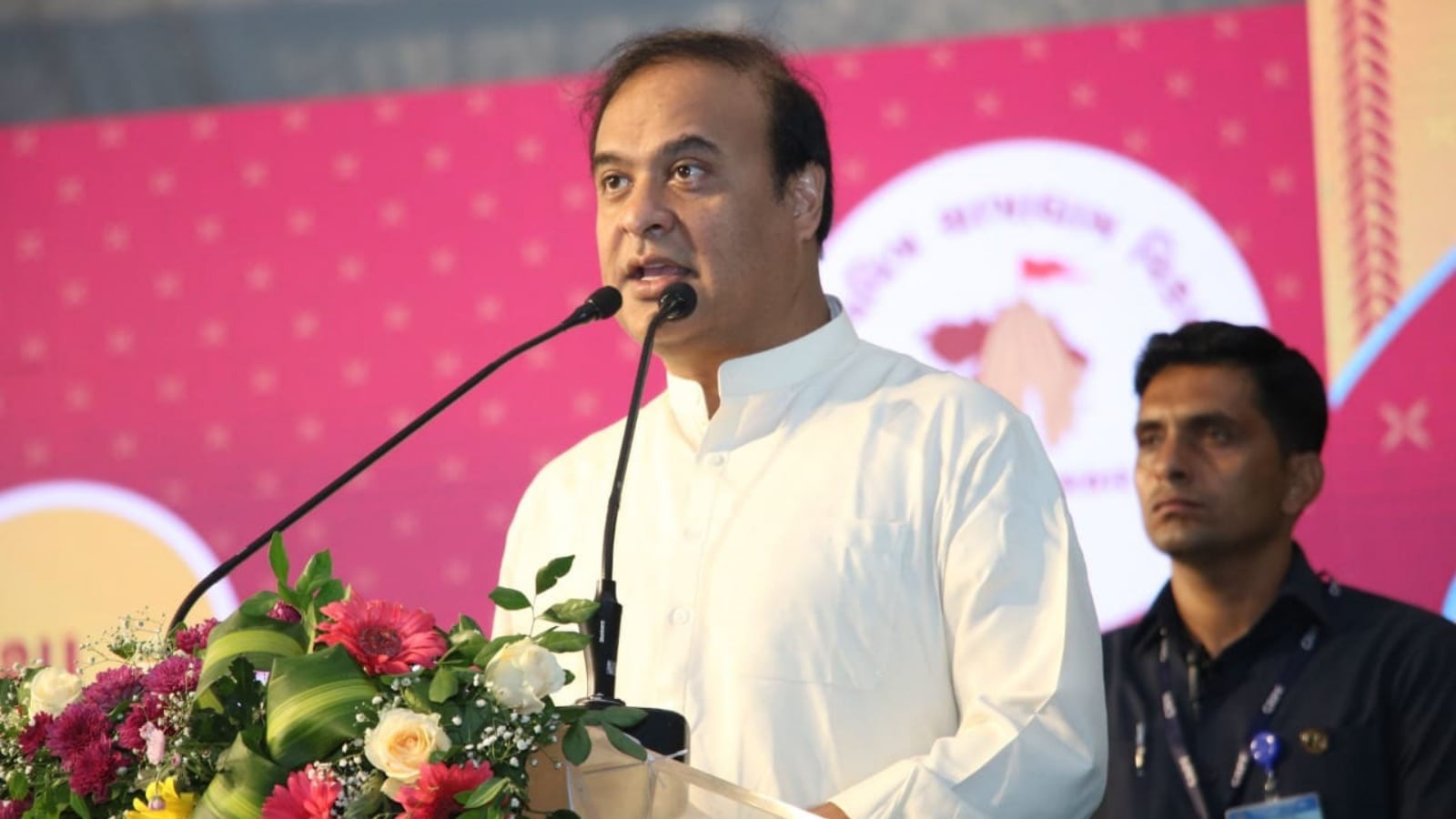Kerala has set ambitious targets under its Vision 2031 road map, aiming to achieve an economic output of $50 billion, create 5 lakh high-value jobs, and attract ₹20,000 crore in investments into its start-up ecosystem, which is projected to grow to 20,000 start-ups.
The Vision 2031 document, published by the State Electronics and IT department, was officially released by Chief Minister Pinarayi Vijayan here on Tuesday (October 28, 2025).
Infrastructure goals include adding 30 million square feet of new IT office space, leveraging models such as land pooling and promoting private IT parks to enable accelerated, non-linear development. The State also plans to increase the number of resident Global Capability Centres (GCCs) from 40 to 120, collectively employing 200,000 professionals. Dedicated GCC parks will be established within major IT and development corridors.
AI Bill of Rights
To drive this transformation, the government has launched four strategic missions: the Kerala Artificial Intelligence Mission (K-AIM), Kerala Semiconductor Mission, Kerala Future Tech Mission (KFTM), and The Future Corporation (TFC). Under K-AIM, a “Kerala AI Bill of Rights” will be introduced by 2030, and one million citizens will be trained in artificial intelligence to promote ethical and transparent AI usage. The Kerala Future Tech Mission will focus on next-generation technologies such as cybersecurity, space tech, and green computing parks. KFTM will also serve as a global investment facilitation agency under the brand “Kerala: Global Talent. Ethical Tech. Sustainable Growth.”
The Kerala Semiconductor Mission will concentrate on high-value niche areas such as Electronics System Design and Manufacturing (ESDM) and specialised research and development fabrication plants, deliberately avoiding capital-intensive mass fabrication. Meanwhile, TFC will function as the State’s dedicated investment agency ,“Kerala Inc.”, leading global outreach and targeting ₹10,000 crore in private AI investments.
100% govt. e-services
Another key objective is to achieve 100% digital delivery of all government services by 2031, using the Data Keralam initiative. The state also plans to aggressively adopt Free and Open-Source Software (FOSS) across public projects, aiming to reduce software-related expenditures by at least 30%. Kerala is further targeting the establishment of 250 companies in the AVGC (Animation, Visual Effects, Gaming, and Comics) sector by 2029, with the goal of capturing 10% of the national export share.
“Kerala has made remarkable progress in the digital sector. With Vision 2031, we are now aiming to secure global attention and drive large-scale economic growth,” said Seeram Sambasiva Rao, Special Secretary, Department of Electronics and Information Technology.
To expand its physical IT infrastructure, the government has announced several new projects, including Infopark Phase 3 (AI City), Phase 4 Campus, Technopark Phase 4, Kozhikode IT initiatives, and the K-Space Aerospace Cluster. These developments are intended to position Kerala as one of India’s leading destinations for IT and innovation.
To foster research, innovation, and skill development, Vision 2031 also outlines the creation of Centres of Excellence (CoEs) and incubation centres across higher education institutions in the state. Additionally, it proposes the establishment of 50 Leap Centres, 250 Early Innovation Centres, and Freedom Squares in all 14 districts to promote entrepreneurship—particularly among women—and to strengthen IT-enabled industries in rural areas.

 1 day ago
5
1 day ago
5









 English (US) ·
English (US) ·